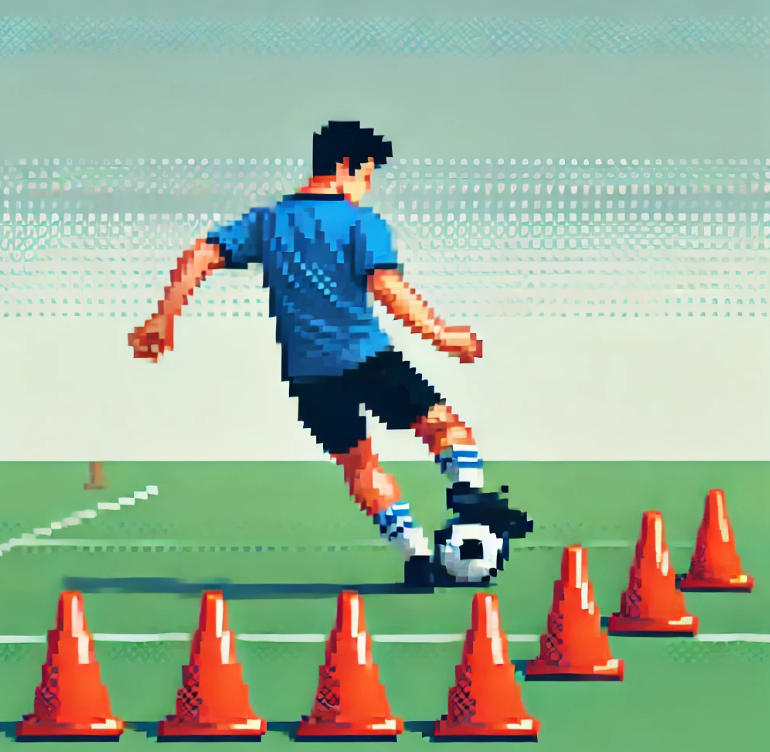
Understanding the Latest Scientific Breakthroughs in Soccer
Soccer, the world’s most popular sport, is not just a game of talent and skill; it’s an intricate dance of science, strategy, and physiology. Recently, numerous scientific advancements have offered fresh insights into how we can enhance players’ performance, ensure safety, and appreciate the sport’s deep psychological impacts. In this post, we’ll explore the latest trends and studies shaping the future of soccer. From training regimens to the role of fans in gameplay, the science behind every goal and save is more fascinating than ever.
Recent Advances in Soccer Science
1. Training Load and Performance
Recent studies have emphasized the significance of monitoring training loads to optimize performance while minimizing injury risks. Sport scientists are continually developing new methodologies to assess and manage the physical demands placed on players. This involves using advanced data analytics and wearable technology to tailor training programs specifically to an athlete’s needs, ensuring peak performance during matches.
2. Psychological Impact of ‘Ghost Games’
A fascinating study showed the psychological impact empty stadiums (‘ghost games’) had on players and referees during the COVID-19 pandemic. Research published in Science News highlights how the absence of cheering fans led to an unexpected home disadvantage, altering the dynamics of how games were officiated and played. It’s a testament to the powerful psychological effect fans exert on the game, influencing not only the players but also the officiating and overall atmosphere.
3. Advances in Player Nutrition
Nutrition plays a crucial role in an athlete’s performance. A publication by the UEFA expert group delves into the intricate balance of diet and exercise needed to maintain health and maximize performance on the field. The integration of personalized nutrition plans based on specific player needs is becoming a standard among elite sports clubs.
4. Head Injury and Safety Measures
The issue of concussions and head injuries in soccer remains a pivotal concern. Current research focuses on improving safety measures and equipment to reduce the risk of long-term damage from repeated impacts, something that sports organizations continue to prioritize. This includes enhanced training for players to protect themselves better during play.
5. The Biomechanics of Soccer
Understanding the body’s motion mechanics is key to improving both performance and player safety. Research into the biomechanics of soccer kicks shows how intricate movements can be refined for efficiency and power. Such scientific insight helps in crafting better training programs tailored to individual biomechanical patterns.
Conclusion
As soccer continues to evolve, the integration of science and technology into the sport becomes increasingly vital. From advanced training methodologies and nutritional science to the psychological effects of gameplay and safety innovations, soccer science is setting the stage for better, safer, and more engaging soccer experiences worldwide. Stay tuned as we continue to explore these groundbreaking developments in future posts.



